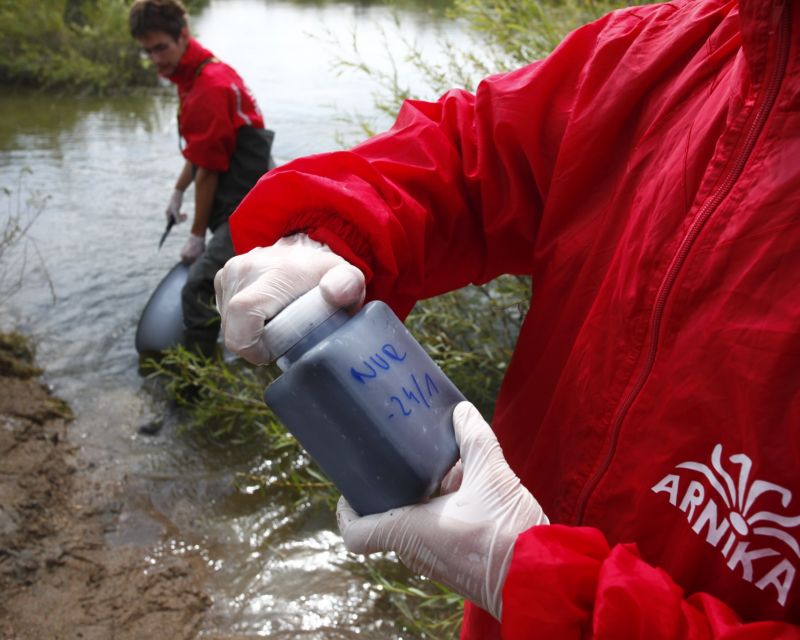According to the Global Carbon Atlas, Kazakhstan is ranked the world's twenty-first largest polluter in 2019 and is one of the most carbon-intensive economies in the world, with the energy sector being the primary producer of CO2 emissions. In Soviet times, it was not only the land of camps for political prisoners but also the site of an agricultural experiment with plowing the steppes or turning rivers to irrigate cotton plantations, which dried up the Aral Sea. Without warning the population, nuclear bombs were tested here, coal was mined on a large scale, and giant smelters were built. Because of that, Kazakhstan is one of the most polluted countries in the world. While old environmental burdens have not yet been removed, new ones are being added - for example, pollution of the Caspian Sea due to oil extraction.
Working to mitigate climate change
The country's agriculture, forestry, and water resources are highly vulnerable to climate change. Increased frequency and magnitude of floods and droughts pose a serious risk to the country's economy and livelihood. Our project, implemented with the Kazakh NGO EcoMuseum, aims to engage the public in climate change mitigation measures, with an emphasis on involving young people. We do this by organizing seminars and workshops for male and female students. We will also provide a special grant to support the most skilled male and female journalists covering the topic of climate change. The project will culminate in writing a regional strategy for climate change mitigation in the Karaganda region.
Kazakhstan without poison
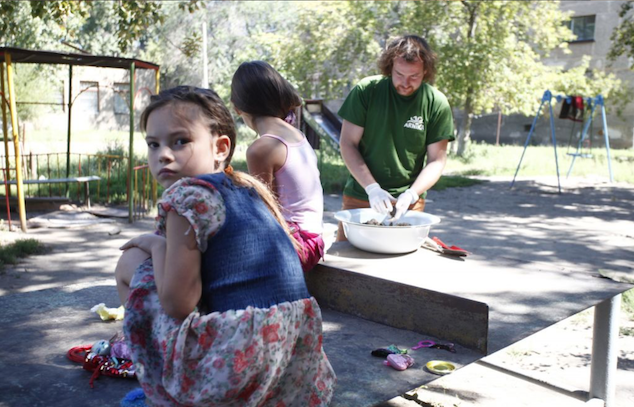 We help to identify the main hot spots of serious environmental pollution in Kazakhstan and reveal their impact on human health through contamination of foodstuff, for example chicken eggs and camel milk, or pollution of children's playgrounds. We developed the top ten of the greatest polluters and supported a number of local communities in their struggle for a better environment. In the city of Aktau, for example, we have achieved the closure of an unsatisfactory landfill for municipal waste.
We help to identify the main hot spots of serious environmental pollution in Kazakhstan and reveal their impact on human health through contamination of foodstuff, for example chicken eggs and camel milk, or pollution of children's playgrounds. We developed the top ten of the greatest polluters and supported a number of local communities in their struggle for a better environment. In the city of Aktau, for example, we have achieved the closure of an unsatisfactory landfill for municipal waste.
We saved irbis and saiga!
Saiga tatarica is a critically endangered antelope. Nevertheless, politicians and miners want to extract natural gas in the Ustyurt Nature Reserve in western Kazakhstan. It is one of the few places where saigas spend winter. Experts are pushing for this plateau to be listed as a UNESCO World Natural and Cultural Heritage due to its rocky outcrops, steppe nature, unusual mountains, and unique underground mosques. We do not want the saiga to suffer the same fate as the Indian cheetah, which was made extinct in this region by people a few decades ago. We support the campaign of local experts and NGOs for the consistent protection of Ustyurt.
Irbis or snow leopard. The last two hundred of these large felines, who live in Kazakhstan, were to lose part of their home in 2017. Developers connected to politicians wanted to cut the land of the Ile-Alatau National Park near the former capital Almaty and build a luxury tourist resort for ten thousand visitors a day. Instead of wild forests, meadows and rocky mountains - ski slopes, cable cars, swimming pools and dozens of buildings would be present on the land. More than fifteen thousand people have signed our petition against the project. Thanks to the support of the public and organizations from all over the world, the devastating project was stopped.
Information in Russian and Kazakh can be found at https://ecocitizens.kz
Our work is supported by the European Union, the international IPEN network and the Global Greengrants Fund.




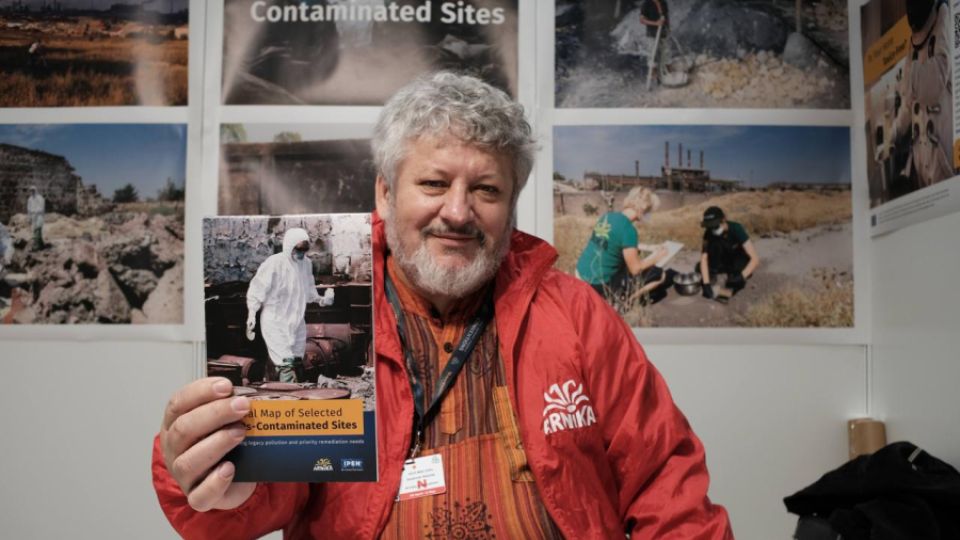
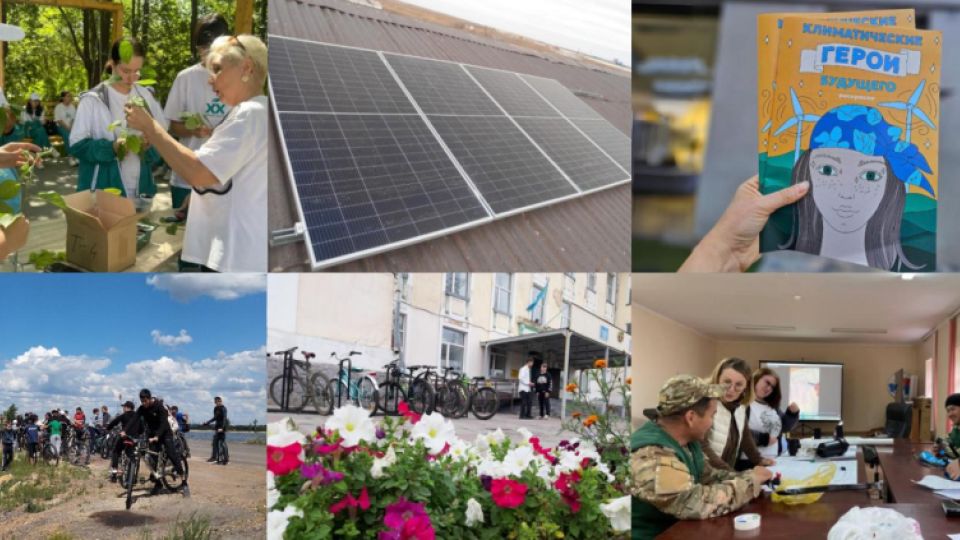
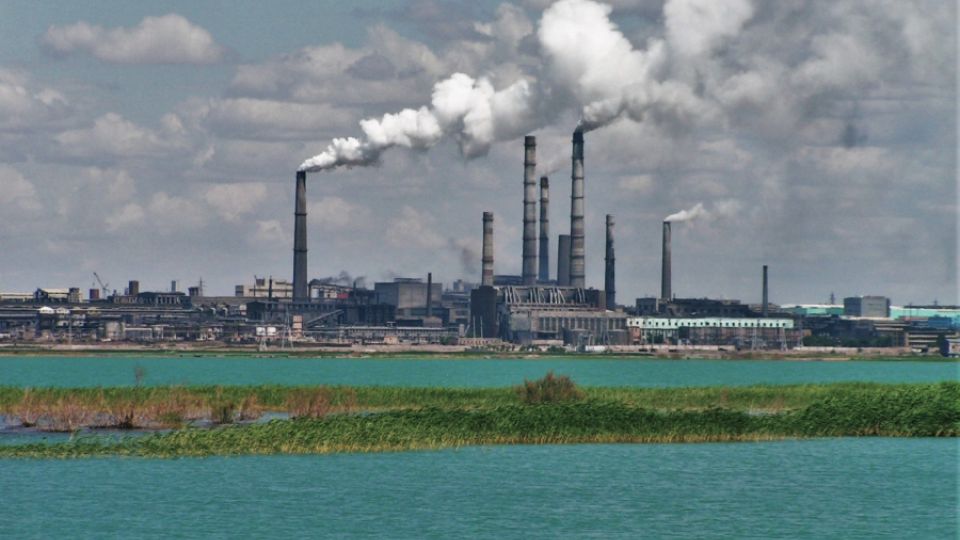
 We help to identify the main
We help to identify the main 
